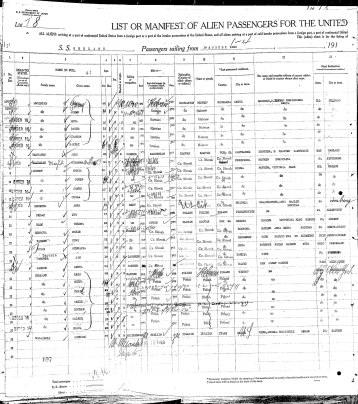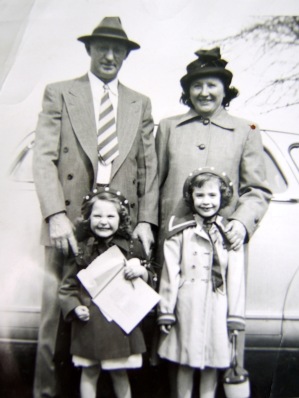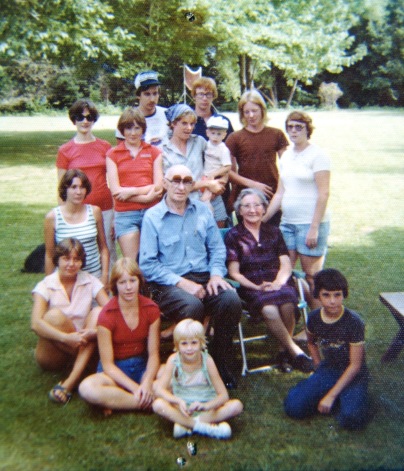I have a mild obsession with baby name lists. I love reading lists of weird names Puritans gave their kids, the strange floral wave that hit the Victorians way too hard, and the thrillingly odd way that people during the Renaissance and the Restoration spelled well, everything. This really shouldn’t be surprising to me, considering that genealogy is very much a name game (or maybe I should say a name-chasing game). So tonight when I was wandering through a very long and boring lineage of distant cousins I started writing down all of the names that stood out from the crowd. These the are weird and wonderful names in my family tree, somehow all related me through blood and marriage.
Girls
Achsa – For things that go bump in the night, look no further than Achsa, a Biblical girl’s name unprettily pronounced “ak-saw.” Achsa W. Sprague was a well-known Spiritualist in the 1850s in America, peddling herself as a medium and trance lecturer. Many girls were unfortunately named after her, including my first cousin’s mother-in-law in 1856 in Carroll, Ohio.
Adaliza – She was nicknamed “Adda” but my 3rd great-grandmother’s niece was born Adaliza Stewart in 1845. Her mother was a native of Scotland, which is perhaps why she received this unusual name, which was more popular in Britain at that time. It is a medieval English variant of Adelais,, which the second wife of Henry I of England was named. Her sister was named Cynthia, another unusual baby girl’s name for 1850.
Alliene – This looks like some very hip invented baby name, but actually, it’s a more delicate spelling of an old Irish name, Allene, which means “fair, good-looking.” My great-aunt’s sister was given this middle name in the 1940s.
Aletha Eldora 1875 brother was Theron
Andrietta 1842 Georgia
Angellissa – 1858
Anphillis – I love this name, because it’s so medieval. My 9th great-grandmother, Anphillis Angell Smith, born 1640, was given this mildly Greek-sounding name that is a variant of Amphillis, itself probably a variant of Amphillia. Her daughter and granddaughter, Anphillis Whipple (1689-1776), shared it as well, though it had died out by the 1700s. Amateur genealogists are always trying to break it up into Ann Phillis. Sorry folks, it’s weirdly right the way it is.
Anzanetta 1872
Appeline 1800s
Apalia 1890
Arminda – We don’t have the market cornered on invented names, no matter how much we’d like to. This is a variant of Araminta, first invented by a playwright in the late 17th century for a literary comedy, of all things. It rose in popularity in the 1800s, and my relative Arminda was born in 1865. Minda would make a cute nickname, as well.
Artemisia 1853
Bert – My 2nd great-grandmother, Lonnie, born in 1863 in Alabama, was granted the middle name of Bert. I have no idea why, as there aren’t any Berts in her family tree, and it sure confused the census takers, who thought she was a boy as a child, but there you have it. Bert.
Blandina – 1756
Burdia – My 2nd great aunt’s given name was Bird, an oddly popular Victorian name that still gave the officiating reverend pause when he went to baptize her in 1883. Her father, after all, was his colleague, and he couldn’t imagine why he’d want to give his daughter such an odd name. My 2rd great grandfather was resolved. Burdia, a distant relative through marriage and born five years before Bird was, also was saddled with a name that has “flown” from popularity.
Celestria – This is actually a medieval English name that resurfaced in the 1800s. A variant of Celestia, it is of Latin origin, and means “heavenly.”
Chessie – When I saw this woman’s name in my family tree, I couldn’t figure out what it could be a nickname for. Turns out, it was a girl’s name all on it’s own in the 1890s, though originally it stems from the English name Chelsea, a famous port city in Britain.
Christophina 1800
Coyla – Pronounced “qway-la,” this name was created by Robert Burns as his muse, a poetic device for his poem The Vision in the late 1700s. It’s still used today, though it’s very rare.
Crisli – The last time anyone in my family as given this name was in 1279! This is a female given name from Wales, and it has a lovely sound like ringing chimes when it rolls off your tongue.
Evalyne 1868
Ereatha 1886 Eva
Gwenllian – I don’t know why but I am always drawn to variations of the name Gwen. This spelling dates to 1097, and was carried by an actual Welsh princess.
Hesther – Before Hester and Esther broke up to form two different first names, apparently for a period of time in the late 1700s, there was Hesther. It’s sort of cute, like a better Heather, and the bonus is that it’s pronounced the same way as Hester.
Honorat 1500 France
Iona – This Scottish origin name, pronounced “Ey-own-uh,” was popular in post-Civil War America, and it’s nickname, “Onie,” is just as cute.
Isabell – The 1700s on the frontier lacked a lot of things – good recordkeeping and extra “E’s” among them. I have found half a dozen Isabell’s in my family tree. At first I thought it was an error (surely they accidentally gave her an extra “L” or lost an “E”) but once I saw a tombstone etched with Isabell, I knew I’d found an alternate spelling that has all but disappeared.
Isabeau – 1580 France
Ithea – 1876
Jerusha – This woman was the wife of my 1st cousins 3x removed, James Webber. Born in 1860 in Kentucky, I think her parents were early Bible thumpers, since it’s a Biblical woman’s name that means “possession.” The original Jerusha was married to King Uzziah. A possession indeed.
Kenzey – 1762
Keziah – 1700s
Laurenia 1893
Lettos 1620
Lethy 1810 (Lethy Ann)
Lida
Lovina 1810
Ludmila
Lysetta 1868
Mabelle – It never occurred to me that the baby name Mabel belonged with the “belle” baby names until I saw this alternate spelling of it that was popular in the mid-1800s. I have several cousins who named their daughters this.
Marigard – There’s something very strong about this sweet medieval name. It’s a bit like Marigold without being too cutesy. The first Marigard in my family was born in Essex in 1033, so it’s definitely a blast from the past.
Medora – 1858 Dora
Meloina 1875
Minda – Back in 1862 when my cousin Melinda was born, I suspect she had trouble saying her own name as a toddler, because “Minda” was her lifelong nickname. I love it – it’s cute and different and fresh for being 150 years old!
Mozelle – Laura Mozelle got this as a middle name in 1861. It’s a variant of a Hebrew word that means “taken from the water.” Only use if your baby is Moses or you had a water birth.
Persis – I love Persis, maybe in part because her parents gave her the most common middle name they could think of, Ann. She was born in about 1809 in Western Pennsylvania, and married my 3rd great grand uncle, Michael Core. Persis was Ancient Greek for “a Persian woman.” I somehow highly doubt this Persis had any Persian in her, though.
Pharaba 1790
Ora – In the late 1800s, Ora was a great baby name to give your daughter. It is Latin and means “prayer.”Some variants were Orah, Orabelle and Oralee.
Orleva 1893
Rhodia
Rosenia – A rose is just a rose, but a Rosenia is something else. The name Rosenia is a type of flowering plant in South Africa commonly called pussy’s-toes tribe, but during the roaring ’20s parents wanted names with a little more “oomph,” so Rosenia was born.
Sheira – Nothing like the British to remind us that baby names can be daringly different. This baby was born to parents coming down from their high of the Roaring ’20s, which might explain her middle name. Considered to be a variant of the Arabic word Shakira.
Sidelia 1895 Alabama
Sirtha – This sounds like the sort of Hindi name that a hippie mother would give her daughter in 1967, but in fact the Sirtha in my family tree was born in 1845 in Kentucky. This name lasted well into the early 1900s for many baby girls, according to census records, though I can’t trace its origin.
Treva – This was sweet-sounding name that became popular in the late 1800s and lasted through the end of the 1920s. My second cousin, born in 1827, wore this name, as did the wife of a another. It’s the feminine form of Trevor, which means “great settlement” in Welsh.
Tryphena 1812
Tura 1922
Verda – The Victorians loved V names, and Verda is no exception. This variation of Vera stems from the Latin word verus, meaning “truth.” Verdie is a great nickname for a Verda.
Versa – The Victorians loved V names, and Versa is no exception. It’s most likely another variant of “verus.”
Vesta and Vinna – I confess these aren’t terribly strange names. After all, Vesta was the goddess of the hearth and Vinna sounds like a variant of Lavina, but I had to include them because these were the names of twin sisters born in 1872. They called each other Vistie and Vinnie, and were 4th cousins of mine. Adorable.
Victoire – 1824, Charleston
Westanna – I was bemused when I came across this middle name not once, but twice in one family line. Elizabeth Westanna and Mary Westanna, both Stevenson girls born in 1851, were nieces of my 3rd great-grandfather. This was a rare female name found primarily in Pennsylvanian Scots-Irish families in the mid-1800s. It’s earliest known use was by the famed Rev. David Elliott of Pittsburgh, who named his eldest daughter Westanna Sarah Elliott when she was born in 1821.
Wilda 1906 (Twilda)
Yola 1917
Zella – I’d heard of the girl’s name Vella, and even Mella (a variant of Melissa) but Zella, the wife of my 1st cousin 5x removed, was new. Her first name was Ada, a more typical name for a girl born in the 1850s, but that Z. initial must have gotten a lot of questions! It’s a variant of Zela, a Greek name meaning “life.”
Zipporah 1709
Zuzana/Zuzanna – This is an Eastern-European variant of Susanna that just sounds a little more exotic and fun. I have oodles of aunts from Slovakia in my tree who were all Zuzana’s before they came to America.
Guys:
Abiah – This great Hebrew name means “my Father is Yahweh,” and was well-liked in the early 1800s as a boy’s names. There are several Abiah’s in the Bible and in my family tree.
Adair – This is actually a very cool Scottish variant of the English name Edgar, meaning “fortunate and powerful.” Popularized in the early 1900’s, the Edwardian people had it going on when they gave their sons this name. Today it’s being used most often as a girl’s name.
Adiel – The name Adiel is a Biblical baby name. In Biblical the meaning of the name Adiel is: The witness of the Lord. 1898 Nebraska
Aeron – 1842
Alwin 1924
Ardo – While I don’t know where my cousin’s stepson got his name, I do know that when he was born in Iowa in 1878, his parents thought he’d stand out from the crowd. I thank them profusely, since it made tracking down my relative very easy – just follow Ardo!
Arnot – 1920 (Arnot Smart)
Aristide 1877 Savannah
Asa 1870
Benoni – My family tree is littered with Benonis in the 1700’s, and I can’t help but think it’s a fun Biblical ariation on the traditional Benjamin, while still providing a great nickname, Ben.
Charnick – 1790
Cherrick 1801
Creed 1845 (Medder middle name)
DeLorma – In 1874 my cousin gave her youngest son this name, and I still can’t figure out where it came from. It seems to have been a different but well-liked baby name used all over the United States in the mid 1800s, but heck if I can tell what it means. Originally it was a man’s name, but eventually women started popping up with this first name.
Dirck 1744
Doane 1919
Edgon – 1893
Elax – This sounds like another one of those modern invented names, but actually Elax was born in 1859. It was apparently a popular boy’s name well into the 1840s in the South, though it’s origin is baffling. I can only assume it’s some variant of Alexander.
Eldred – 1916
Eleazer 1645
Elihu – 1832
Engelbarth – Ah, Engelbarth. This is a variation of the name Engelbert, which derives from an ancient Germanic tribe’s name, combined with the word “berht,” which means “bright; famous.” So they were once a famous tribe, and my German ancestors carried this name proudly for several generations in the late 1600s/early 1700s. Engel is a shorter version I also see used occasionally in the 1800s.
Festus 1788 (Lyon middle name)
Fielder 1735
Gerrit – I have some Dutchmen up there in my family tree, and they loved naming their sons Gerrit. So many Gerrits! Luckily, they stopped that by the 1800s, so this Amsterdam-inspired baby name seems new.
Harlem Victor Pennsylvania 1881
Harrel – Families tend to jump on a particular name and cling to it for several generations, until they barely remember themselves where it came from. This Hebrew name for “God’s mount” tromped along through the 1800s, paired with the first name Isaac for several children.
Hezekiah 1897
Hulie 1919 (middle name Owen)
Ieziah 1700s
Isom – Kentucky is the land of weird and wonderful baby names. This variant of Isham, an Old English name that means “home of the iron one” was made all the more difficult for my cousin’s brother-in-law because he always chose to go by the name “Bim.” Never spelled it the same way twice except on his tombstone.
Jermyn – 1578
Kenes – This is another one of those great 1800s names where they used a surname as a first name. You thought we just invented that, eh? This Kenes, born in 1837, was an in-law of a cousin of mine, and he got stuck with the middle name of Marion too! I suspect that this is an alternate spelling of Keynes.
Kraft – 1700s Germany
Lafe
Larkin 1748
Leonin 1578 France
Levant – Popular in the 1920s, Levant is a French name that means “rising,” as in, the rising sun. It’s also a place in the eastern Mediterranean. An alternate name is Levander, which sounds just a bit too girly for my taste.
Lorance – This is such a great alternate spelling for the name Laurence that I don’t know why it isn’t more popular. In the 1800s it was bestowed upon several baby boys in my family tree.
Lore – I stumbled across three sisters in my family tree who married three brothers out of Kentucky. And boy-o, did those fellas have funny middle names! My favorite was Lore, which is probably a family surname of French origin.
Loring 1890
Loudon 1756 Rhode Island
Loyd – No, I’m not missing the extra L, this apparently was an acceptable alternate spelling of Lloyd in the Victorian era. Both a second and third cousin on opposite ends of my trees were given this name, and continued using it on all official documents well into the 20th century.
Luykas 1642
Mahlon
Mazier “Mazey” 1877
Melanction – I’m totally not making this one up, I swear. Philipp Melanchthon was so popular as a leader of the Reformation in the 1500s that people were still naming their babies after him in the late 1800s! “We want to show everyone we are educated people. Bam! Your middle name is now unpronounceable.” What torment.
Meyric – 1275 Welsh Meyric is a form of the English and Welsh Merrick.
Olen 1880
Orrie – I can’t tell you why my 2nd cousin was named Orrie, but I do know that it was the perfect name for a man born in 1884. It may have been a variant of Orry, an Old English name meaning “from the Orient” or a nickname-used-as-a-real-name for Orson. Either way, it was pretty popular for baby boys born at the end of the 19th century.
Orval 1880
Otho/Otha – This is actually the German variant of Otto, itself a diminutive of Othello. I could totally see an Othello going by the nickname Otho. It was most popular in the very early 1800s, when my cousins made their sons their namesakes. You would think Otho would be really unique, but not in my family, where I have two sets of Srs. and Jrs!
Palius 1795
Peleg 1678
Philander – Sometimes naming your child something intellectually stimulating really backfires. This was a popular boy’s name of Greek origin at the turn of the century, but luckily my cousin Robert only had to use it as his middle name. Originally it meant “loving mankind,” or “lover of man,” and now it means “lover of illicit, casual sex.” Oops.
Rockford – Maybe this isn’t the weirdest name, but it’s truly wonderful. This cousin, born in New York in 1884, was called “Rockie” by his friends and family. Amazing!
Semdis – This is a baby name from the 1870s that deserves to remain buried. Even the census taker couldn’t figure it out, writing “Sendus” on his form in 1880. Yes, “send us” a better name!
Sophus – He never went by his Latin-sounding birth name but rather was always called Stewart by those who knew him. I wouldn’t be surprised to hear that when he died and people saw the newspaper, they were surprised to discover he had been a Sophus at all!
Tandy – Tandy’s middle name was Farmer, so perhaps his parents were just uncreative, but more likely this was a Kentucky given name that derived from a Scottish nickname for Andrew. Today it’s mainly used by girls.
Theophilus 1700
Theron 1876
Uzal – Gotta love those Biblical baby names, they just keep popping up everywhere! In 1747, I bet Uzal was just glad he wasn’t named John or Mary, the standout baby games of his generation. Uzal means “wandering,” and is most likely the name of the founder of an Arabian tribe in what is modern-day Yemen.
Varnum – 1800
Vennis – He was not born in Venice, but actually in Michgan in 1899. He daughter were named Arda and Metta, so I guess strange names ran in the family.
Veo – Used for both men and women, Veo was one of those crazy names popularized by the Edwardians around World War I. In Spanish it means “to see.”
Veryl – My uncle’s middle name is Veryl. It’s obviously a family name that was way more popular probably…never. Let’s be honest, it has always been a bit unique as a baby name. It stems from the Old French baby name Verrill, which means truthful.
Waitman – Nope, this isn’t a family surname, it’s actually a mildly unique first name for babies that was used throughout the 1800s. The earliest man on my tree carrying that name was born in 1852, and by 1924 just six baby boys were given it in the whole of the U.S. Waitman’s origin is Old French, and derives from the English surname Waite, meaning “watchman.”
Wessel
Wordell – 1876
A Final Thought About Passing On Family Surnames as Middle Names: If your family name was once Hardenberg, Coolbaugh, Wickoff, Dingleman, or maybe even something slightly innocuous like Peck, spare your sons and daughters and don’t pass that on as a middle name to them. Mainly your sons. Definitely your sons. Also, Dick is not the best first name for your future baby. Unless you are planning on having a Dick Casablancas.
Have a strange family name you’d like to share? Tell me about it in the comments below!
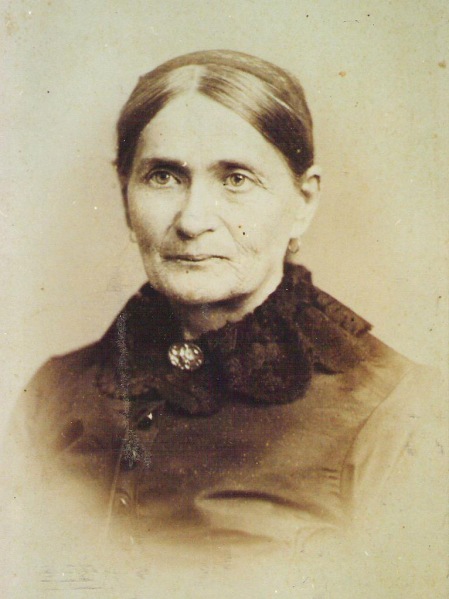
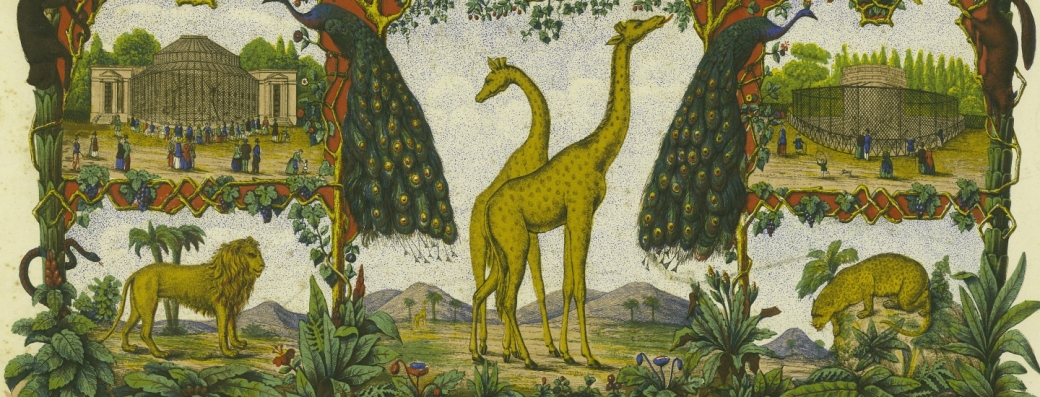

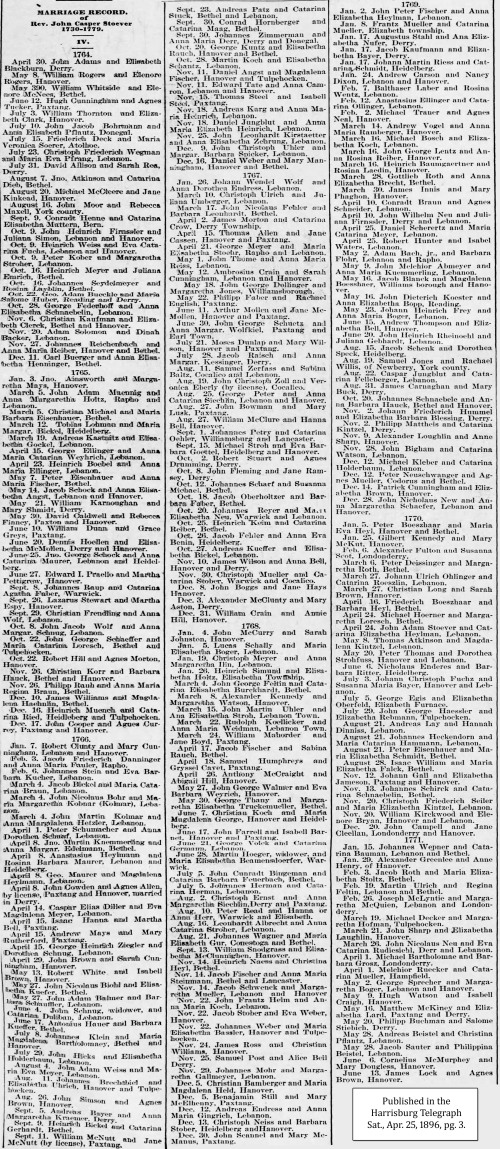


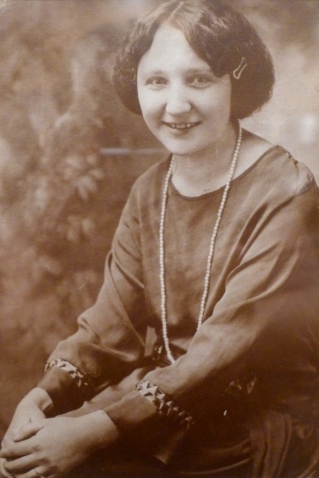
 y 1909, Eva had returned to America, and in 1910 she and Martin were living in a boarding house on the North Side with other Hungarian Slovaks. He worked for the Pittsburgh Locomotive and Car Works, a railroad manufacturing company founded by Andrew Carnegie in the 1860s. Anna remained in Pribylina with her grandmother and aunt, among other relatives. It was likely that Eva couldn’t work with a small child and Martin had trouble supporting them all on one income, but this decision – to leave her daughter in Hungary – was going to have a big impact on everyone’s lives, in part because of what was about to happen to the
y 1909, Eva had returned to America, and in 1910 she and Martin were living in a boarding house on the North Side with other Hungarian Slovaks. He worked for the Pittsburgh Locomotive and Car Works, a railroad manufacturing company founded by Andrew Carnegie in the 1860s. Anna remained in Pribylina with her grandmother and aunt, among other relatives. It was likely that Eva couldn’t work with a small child and Martin had trouble supporting them all on one income, but this decision – to leave her daughter in Hungary – was going to have a big impact on everyone’s lives, in part because of what was about to happen to the 